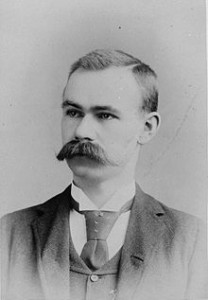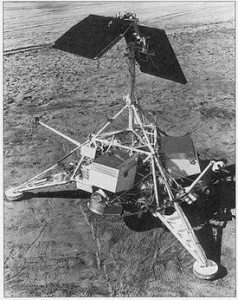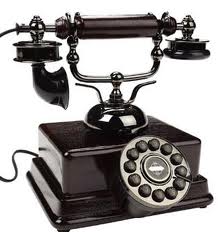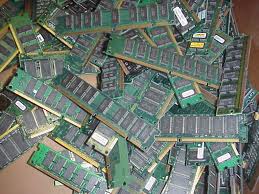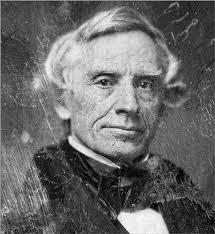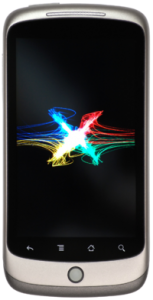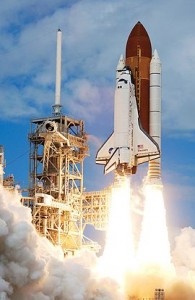Archive for January 2024
Punched Card Calculator Patented
Herman Hollerith is issued a US patent for his punched card calculator. 7 years later he starts a company called the Tabulating Machine Company. In 1911, this is one of 4 companies that merge to form the company that will one day be called IBM.
The Last Surveyor Launches
Surveyor 7 lifts off from launch complex 36A, Cape Canaveral. Surveyor 7 was the seventh and last lunar lander of the American unmanned Surveyor program sent to explore the surface of the Moon.
First Day of Transatlantic Phone Service
January 7, 1927
The first commercial transatlantic phone service was made available to the public. It used radio signals rather than the undersea cable or satellite technology of today. 31 calls were made between New York and London that day.
iPod Mini Introduced
January 6, 2004
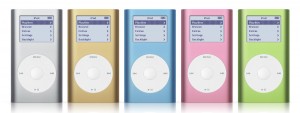
Mac OS X Introduced
Steve Jobs unveils Mac OS X for the first time, declaring another computing revolution was on its way. It was certainly a revolution for Mac users at the time, and has lead the way for a resurgence of Apple in the marketplace. As Mac OS X is the basis for the iOS that runs the iPhone, iPod Touch, and iPad, it certainly seems that Mac OS X has revolutionized computing even in ways Steve Jobs may have not fathomed at the time … or did he?
First 1 MB Memory Chip
Morse Demonstrates Telegraph
Samuel Morse’s telegraph system is demonstrated for the first time at the Speedwell Iron Works in Morristown, New Jersey. The telegraph revolutionized long-distance communications, reaching the height of popularity in the 1920’s and 1930’s. It was slowly replaced by the telephone, faxing, and e-mail, however, it wasn’t until January 2006 that Western Union, perhaps the most famous “telegram” company, sent its last telegraph.
Nexus is the One
The Nexus One phone goes on sale. While not the first Android phone, it was the first phone to be branded and marketed directly by Google. In fact, it was available for purchase directly from Google’s web store for about 7 months after launch.
Richard Stallman Begins Work on GNU

Richard Stallman begins work on the GNU operating system, intended to be a free UNIX-like OS. Combined with the Linux kernel, GNU/Linux is the most popular free and open-source operating system today. Believing that people should be able to freely modify the software they use, Stallman would later found the Free Software Foundation and write the GNU GPL, the most popularly used free software license.

